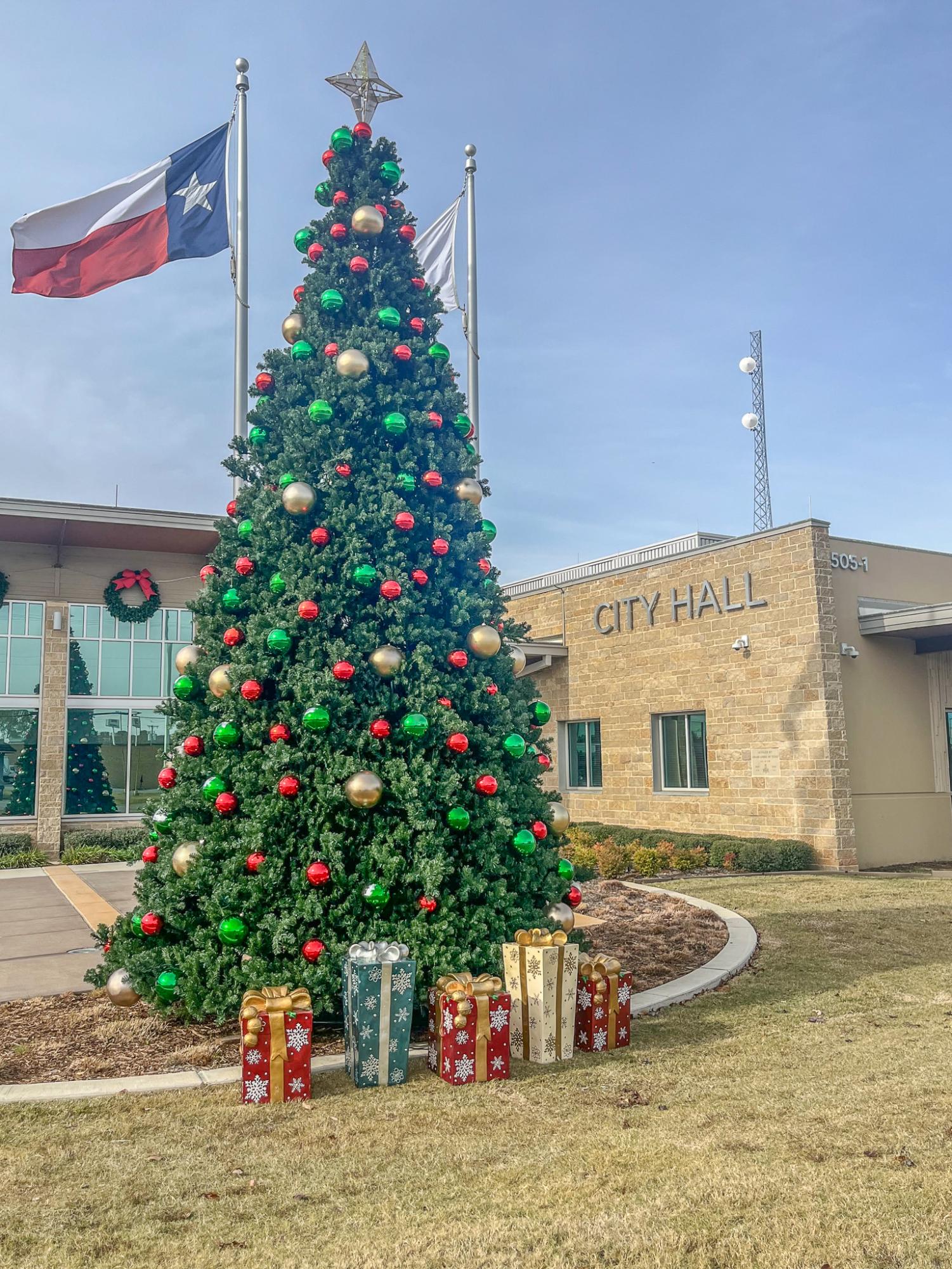This holiday season, students across our campus are embracing a variety of traditions reflecting their unique cultural backgrounds. While some may decorate their homes with twinkling lights and exchange gifts, others are embracing a range of traditions from around the world. From Hanukkah’s eight nights of lights to recreating the nativity scene, students all over our campus have unique holidays or traditions to celebrate the coming holiday season.
For many students, the holidays are a time of celebration and reflection. For students like senior Gianna Schroeder, the holiday season is a time of remembrance. Gianna celebrates Hanukkah, the Jewish holiday commemorating the rededication of the Second Temple in Jerusalem.
“We celebrate by doing the traditional ‘Hanukkah things’ like lighting the menorah, playing dreidel, and eating latkes,” Gianna said. “It’s all pretty standard stuff when it comes to Hannukah.”
The menorah is one of the most important aspects of Hanukkah. A traditional Hanukkah menorah is a candle with eight branches, which hold eight candles. These are lit one by one each night of Hanukkah. It symbolizes the miracle of a single day’s worth of oil lasting eight days in the temple after the Maccabees rededicated it, representing the enduring light of Judaism in the face of persecution.
“The lighting of the menorah is significant to us because of its symbolism in both my religion and my family,” Schroeder said. “It’s there to remind us that God provides, especially in situations that seem hopeless.”
Food is also an important part of the Jewish holiday. Several unique meals are traditionally consumed for Hanukkah, which are typically oil-based foods, such as latkes, which are potato pancakes, sufganiyot (AKA fried jelly donuts), brisket, challah, and kugels.
“I think my family would go crazy if we ate latkes and jelly donuts every day,” Gianna said. “But we do make sure to eat them at least once.”
While Gianna’s celebration of Hanukkah, it’s just one of the many ways students on campus observe the holiday season. Some students’ holiday traditions are more focused on the religious aspects of the season, and some simply take the time to be with their friends and family.
“It can be pretty chaotic,” junior Erica Leonard said. “It’s pretty much the only time we have everyone together. It’s like a little reunion.”
Erica is a member of the Church of Jesus Christ of Latter-Day Saints, and each year her family comes together to celebrate Christmas.
“We don’t have any particularly unique traditions,” Erica said. “One of the things we do is recreate the nativity scene.”
The nativity scene, also known as a Christmas créche, is a display that represents the birth of Jesus, representing the hope, love and salvation brought into the world by his birth.
“We also read through scripture on Christmas Eve,” Erica said. “Then on Christmas Day, we eat breakfast before opening presents and just spend the rest of the day together.”
Family and food are also important aspects of the season for most people. Senior Desirae Cedillo said her and her family enjoy Mexican food each year on Christmas and choose to celebrate with less focus on the religious background of the season.
“We just make tamales that whole week,” Desirae said. “Since it is a long process to make a large batch.”
Many cultures also begin their celebrations on Christmas Eve, as opposed to Christmas Day, since many of these cultures treat Christmas Day as a holy day, encouraging rest and worship rather than large celebrations.
“We celebrate on the 24th, rather than the 25th,” Desirae said. “So we eat and exchange gifts on Christmas Eve.”
As students embrace the holiday season, it’s clear that the way they celebrate varies greatly depending on cultural backgrounds, traditions, and personal preferences. Whether they are gathering for festive meals, volunteering, or sitting in bed and playing games, each student is creating their own unique holiday experiences. Despite differences in how each student celebrates, there’s a common theme of togetherness and joy which defines the season for many.








